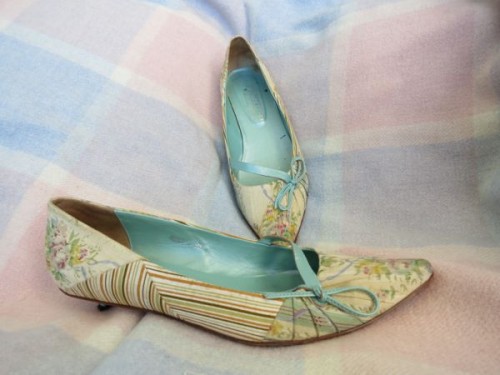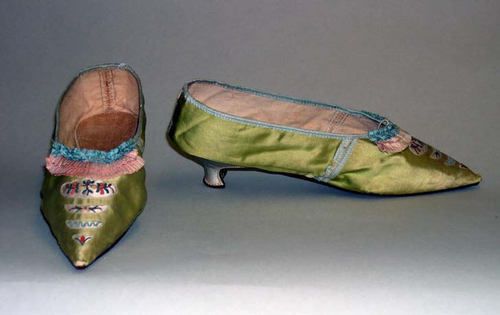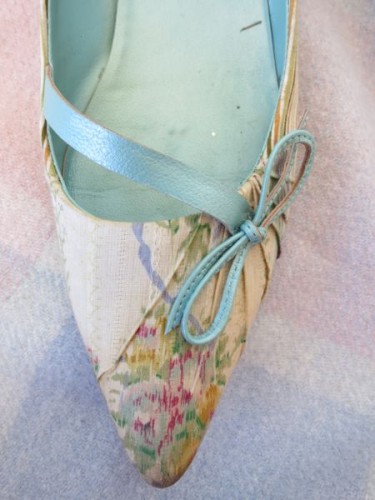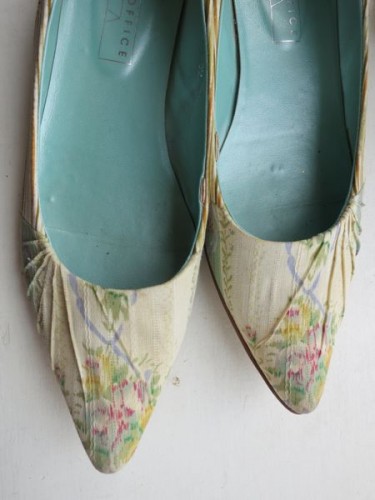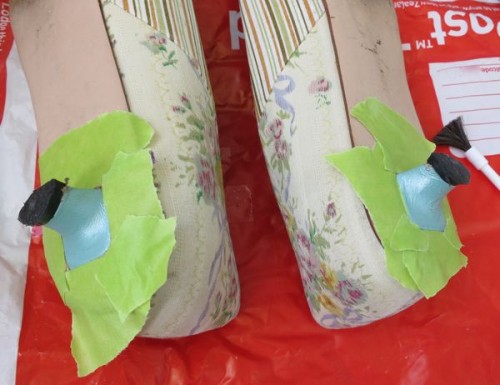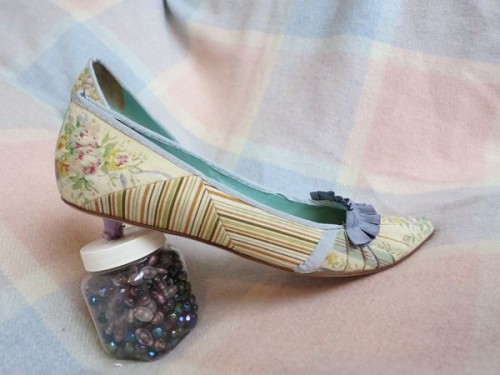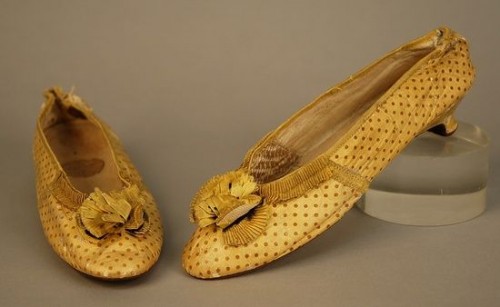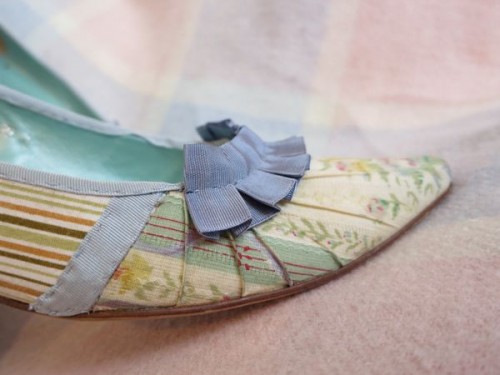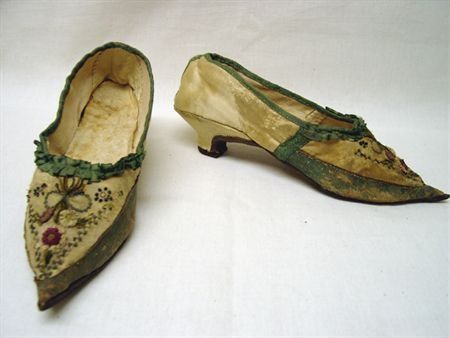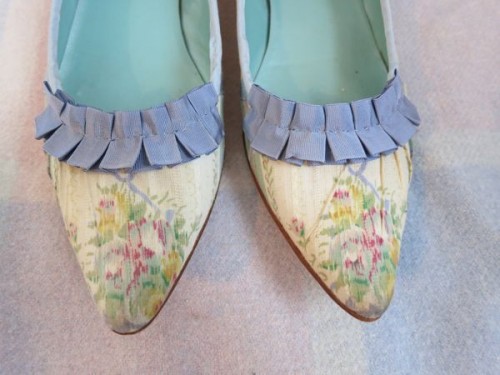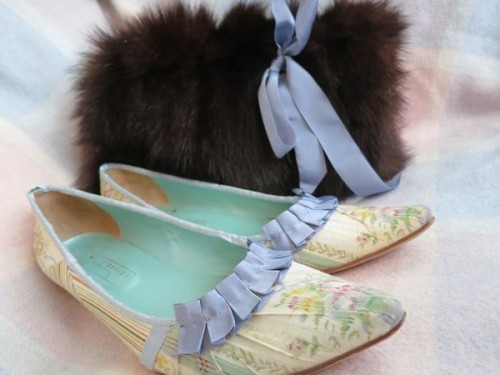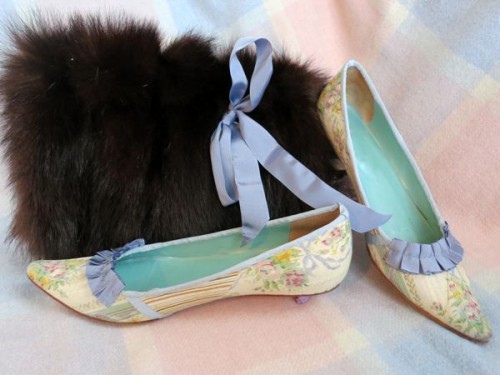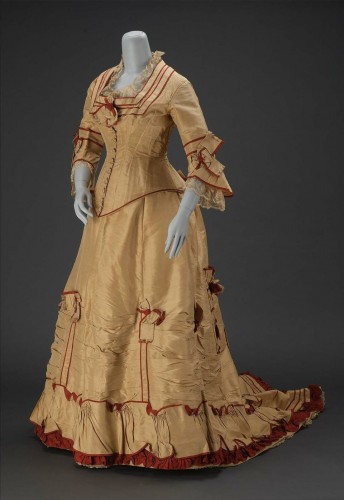Working in museums, one of the things we often talk about is the disparity in what ends up in a museum costume collection compared to what people actually wear. Collections are full of wedding gowns and ballgowns: memories of the grandest moments of our lives. On a day to day basis though, people wear much simpler clothes: practical, interchangeable items. Today this is jeans and t-shirts, but throughout history even the wealthiest have worn simple separates for the less momentous occasions.
The Historical Sew Fortnightly Challenge #16 is all about Separates: items that can be paired with other pieces in your wardrobe to extend a look.
My favourite anecdote about separates involves Queen Victoria and her future daughter-in-law Alexandra. On being introduced the Alexandra, the Queen noticed that she wore a skirt with one jacket one day, and the same skirt, with a different jacket, the next day. Victoria was delighted. To her, this indicated a frugal and practical nature: just the thing to balance the son that she and Albert had viewed as overly frivolous and wayward. As it happened, Alexandra’s practicality in dress was just a sign or her family’s poverty. Rather than stabilizing Edward, the Crown Prince, denied any real responsibility even after his marriage, became ever more frivolous and decadent, and Alexandra, abandoned as a wife, turned to fashion to distract herself, and could rarely be accused of frugality and practicality in dress in later decades. Still, I love the idea of Queen Victoria being wooed by a little practical dress!
Here are a few of my favourite historical separates to get you inspired:
Gerard Ter Borch’s Dutch genre paintings of the mid 17th century are full of beautiful separates, with skirts and bodice paired in different combinations from painting to painting. I particularly love this rose red bodice and the white satin skirt it is paired with:

Gerard ter Borch (1617—1681), The Concert, 1655, Gemäldegalerie
And, of course, we all adore the pretty chocolatier and her charmingly un-matched jacket and skirt:

Jean-Étienne Liotard (1702—1789), La Belle Chocolatière (The Chocolate Girl), 1743 until 1745
The later 18th century is a fantastic time for separates, and the ultimate might be the quilted petticoat, which, based on paintings, could be paired with just about anything, in this case, a caracao jacket:
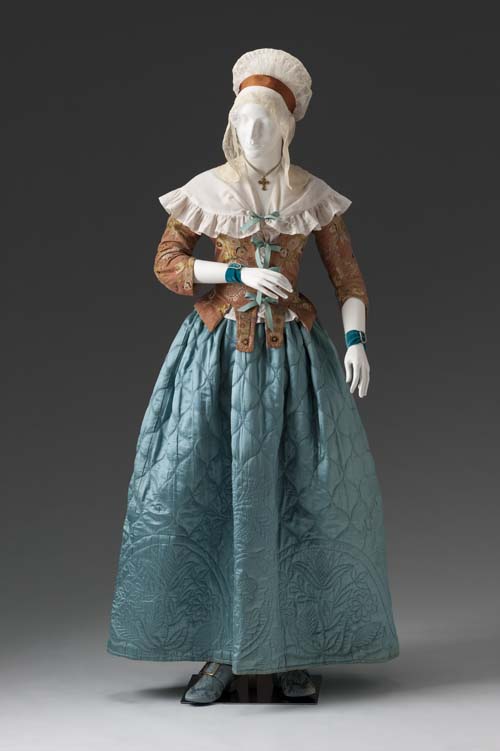
Caraco circa 1780, quilted Petticoat circa 1770-1780, Mint Museum
Regency menswear is all about mixing and matching, with the 3 piece coordinating suit of the 18th century abandoned in favour of unmatched breeches, waistcoat and jacket:

Journal des Dames et des Modes, 1801
I adore 1860s separates: the blouses and skirts are the earliest inklings of our modern T-shirts and jeans wardrobe.

Circa 1863, via US National Archives
The 19th century counterpart of Liotard’s La Belle Chocolatier is obviously Manet’s Suson at the Folies-Bergère. I’ve made one version of this outfit, and while I’m still happy with it, I’ve learned a lot since I made it, and would love to have another go at her black jacket and steel blue skirt – and perhaps another skirt to go with it!
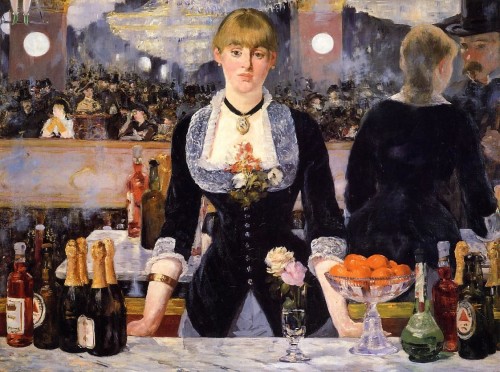
A Bar at the Folies-Bergère, Edouard Manet, 1882
Going back to the idea of T-shirts, the 1890s saw the introduction of knit tops. I want to learn to knit just so I can make something like this:
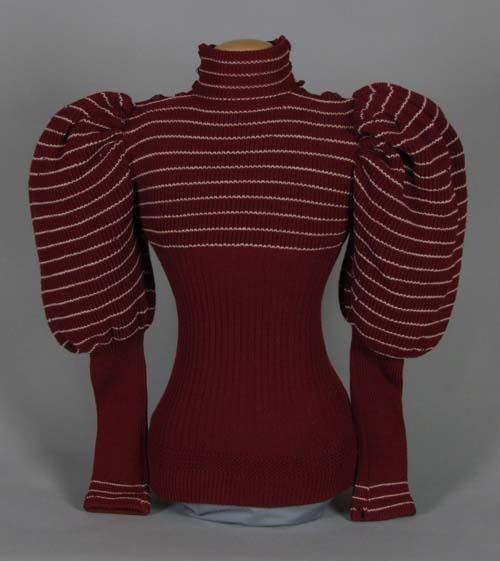
Burgundy wool sweater, mid-1890s. DAR
This 1930s outfit is a full ensemble, but it would be so easy to pair the individual pieces with different items, and so practical in the midst of the Great Depression.
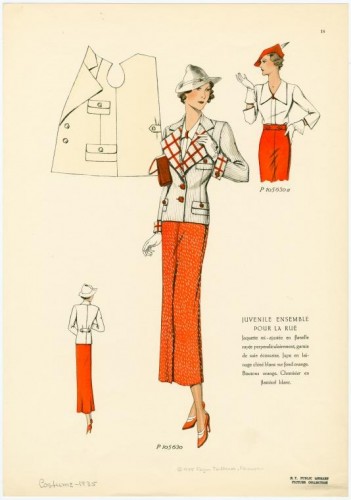
Juvenile ensemble pour la rue. 1935
And that’s really what this challenge is all about: practicality. Extend your historical wardrobe with an item that turns something you have into a second outfit, which is exactly what our forbearers would have done, whether they were peasants to princesses.

